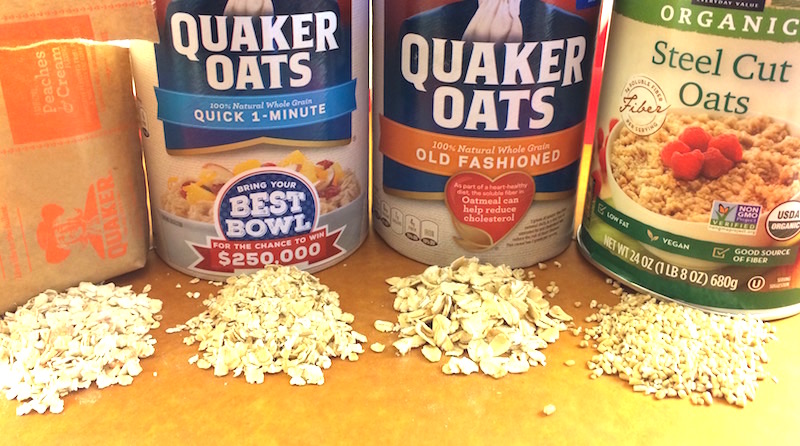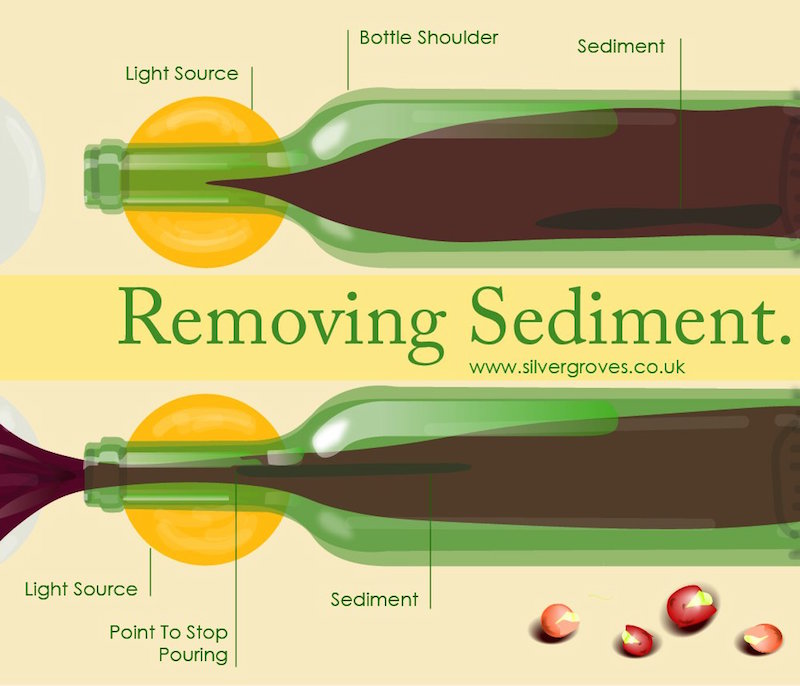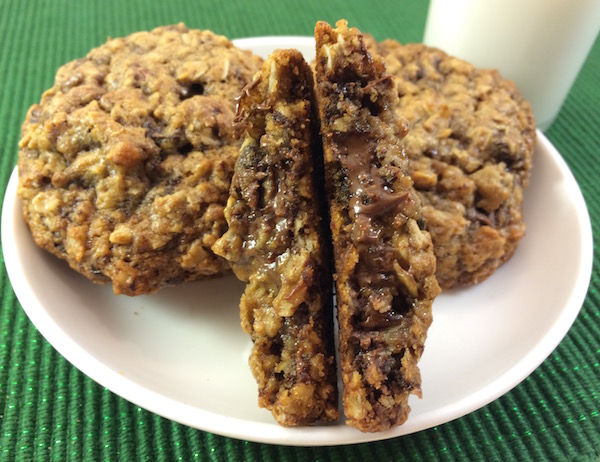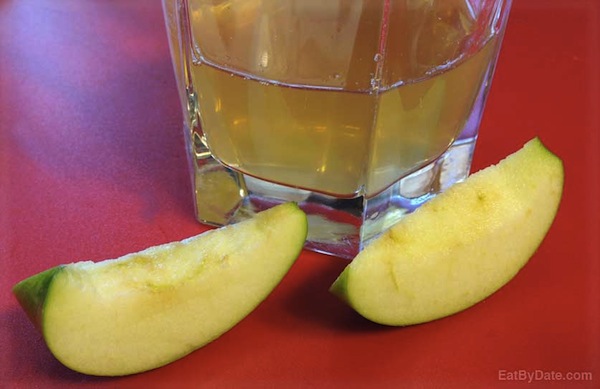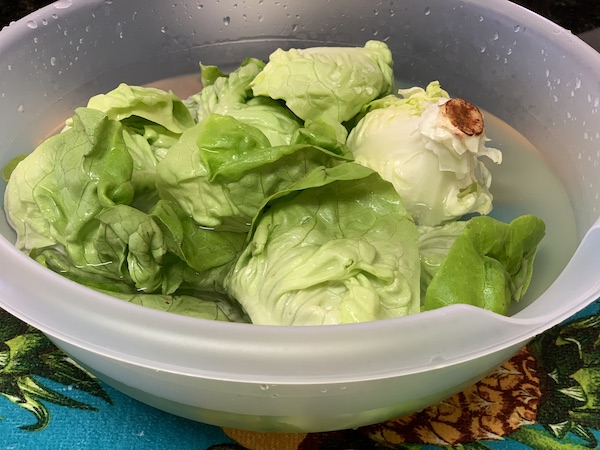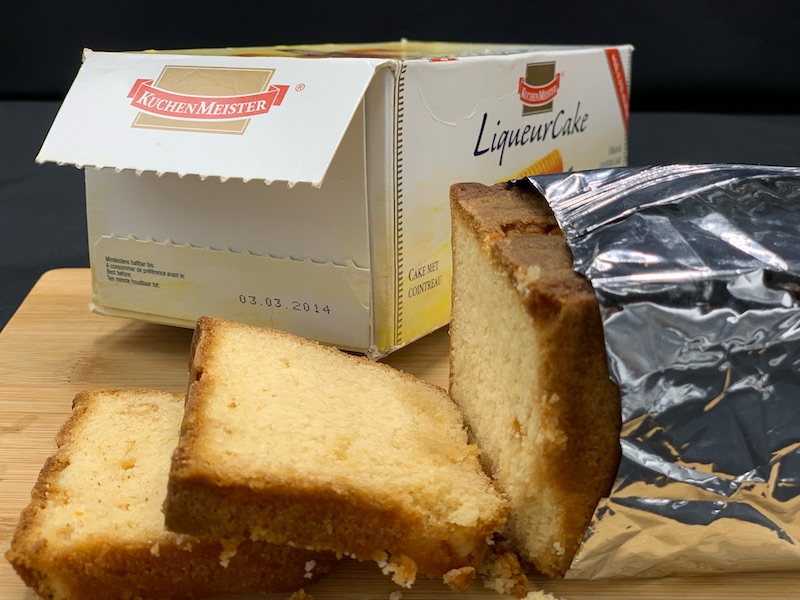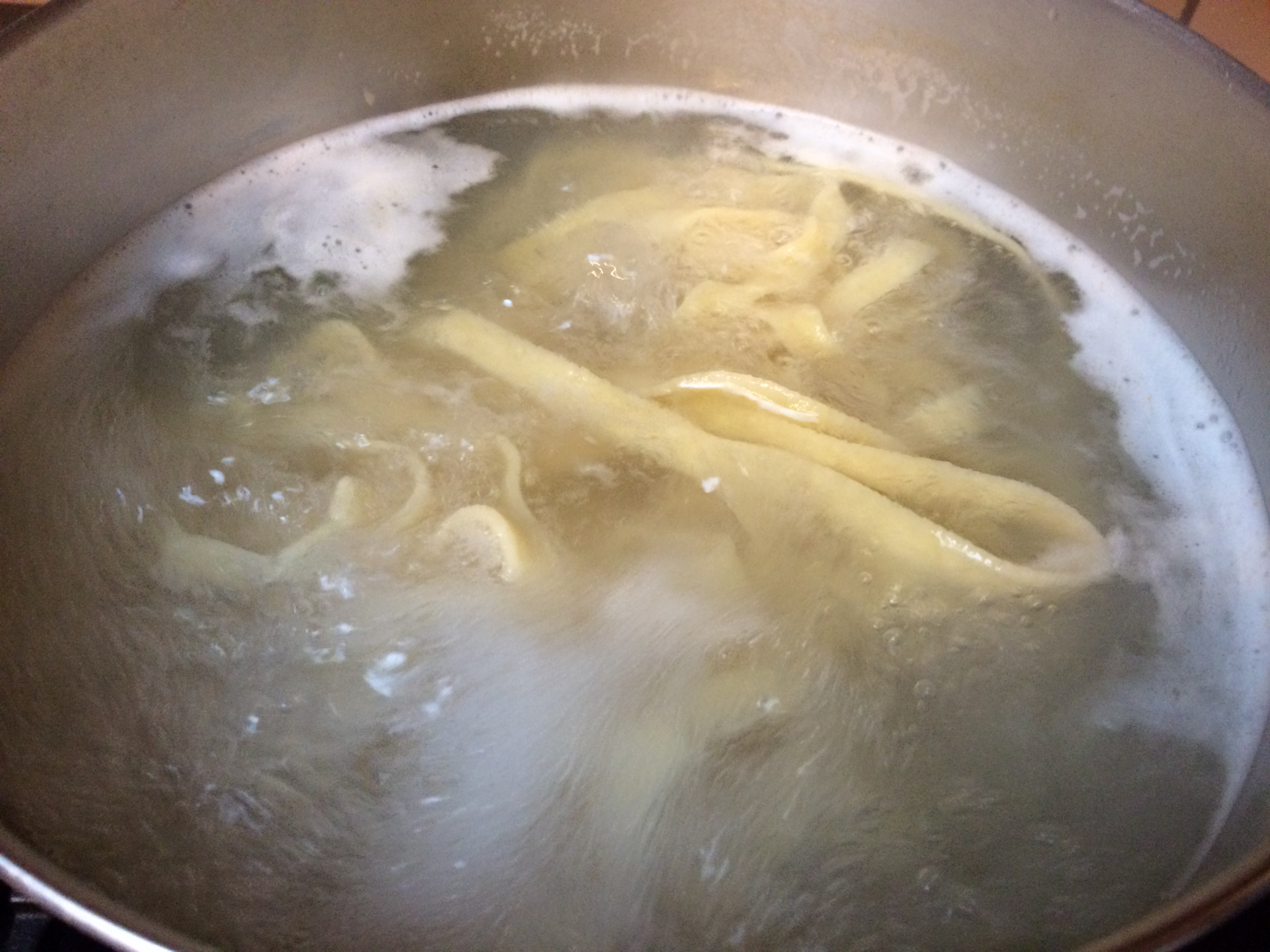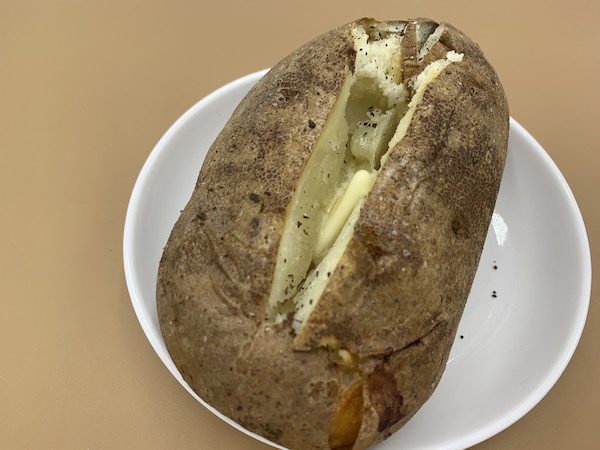Save Money and the Environment by Decreasing Food Waste
These days we are always looking to be green, to make things better without negatively impacting the environment. New things are produced every day and the perfectly fine becomes “old” simply because there is a newer version available. We try and do our part by recycling and donating, but what about all the food that is wasted simply because it is beyond a pre-calculated date stamped on the container?
“Old” food cannot be recycled or donated, like with every other major category of waste, so it is simply tossed and ends up in steadily growing landfills in mass proportions. Sorry for the disgusting picture, but it’s what’s happening!

Background Info
This chart from the U.S. Government Environmental Protection Agency’s Material Waste Report shows food waste accounting for the most total weight discarded (although it comes in 2nd to paper in terms of percentage of total material waste).

According to the U.S. Government Environmental Protection Agency, the average American family of four discards about 112 lbs. of food each month… that’s 1,344 pounds of food sent to landfills each year from just one family!
In supermarkets, they tend to overstock the shelves to produce a look of abundance… then throw away about 30 million pounds of food daily when it reaches its “sell by date”! This wasted food generates 4.5 times it’s weight of CO2 and decomposing food also produces methane which is 25 times more potent than CO2. This is a huge contribution toward global warming for the decay and to the global water shortage for the production as 70% of U.S. water consumption is used for growing food. [1].
Part of the Problem
Most producers of food now put some sort of a date on their products. These dates, although put there to guide us into using their products when they are freshest and of the best quality, are seen by most consumers as warning flags to an unsafe product that should be tossed when the current date catches up with the printed date. Not the case! These dates precede the actual expiration of the food by days, months and even years in some cases.
When manufacturers put a “best by date” on their product they want to be sure that their product will be of the best quality on that date. So, they always choose to err on the safe side when choosing the dates to print on their product. They don’t want calls and returns from angry consumers saying that their product did not look fresh when purchased.
Every manufacturer that we spoke with agreed that their product will still be good after their printed date, not one told us that their product actually expired on their printed date. What they consistently said is that “they guarantee the best quality product up until that date”.
What You Can Do
Everyone at every stage of the food chain needs to understand the implications of lessening food waste. There are smart choices you can make to help reduce food waste:
A. Read www.eatbydate.com to learn the meaning of “best by date”, “sell by date” and “use by date”. The website also recommends the proper storage techniques to keep each product fresh longer, decodes many printed dates that look nothing like dates, explains how to tell if your product is actually expiring and suggests uses for products that are nearing their actual expiration. Find uses for the food you’ve already purchased before spending more.
B. Shop the clearance section of the grocery. This tiny section is usually full of bargains that can be used for dinner that night or frozen for later. Eat By Date can also guide you with shopping decisions here. Maybe if we buy the products that the groceries mark down, they will mark more of it down instead of just throwing it away.
C. Make meal plans ahead of time and shop only for what you are going to use. Buying in bulk may not be such a great deal if you are wasting much of the product.
D. If you like warehouse shopping, then cook large quantities at mealtime and divide it into smaller freezer safe containers to freeze for later.
E. Use leftovers creatively and promptly, Eat By Date also has suggestions for turning leftovers into new creations.


